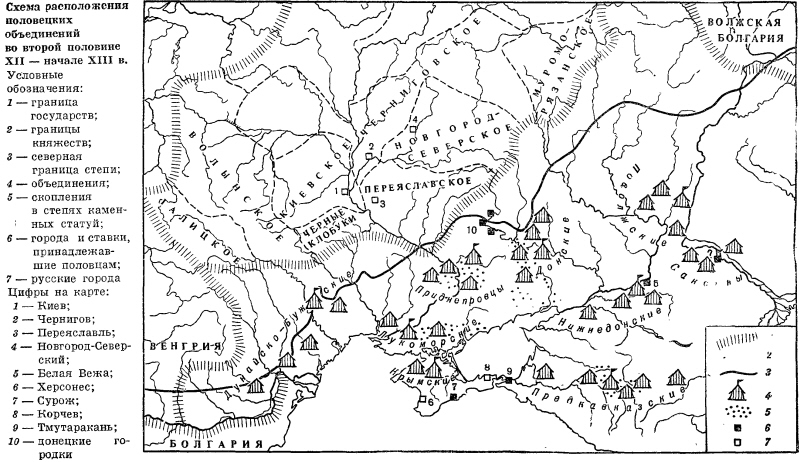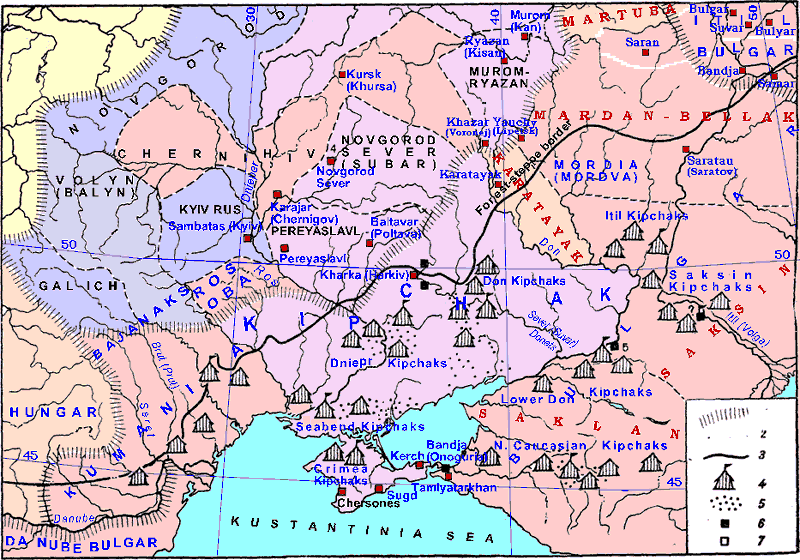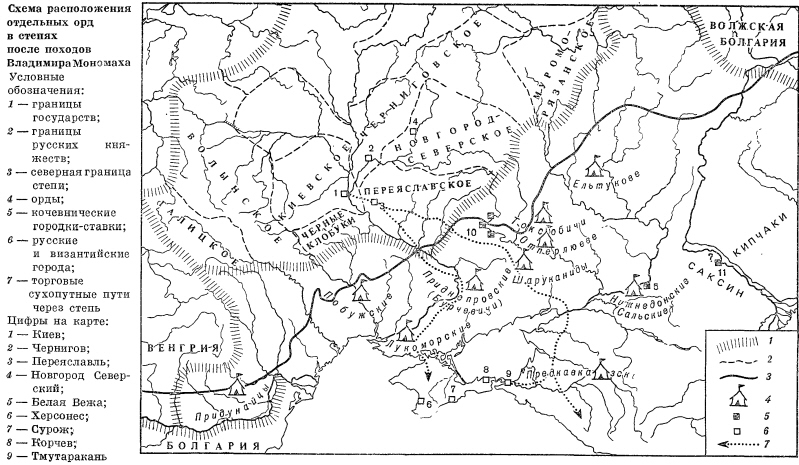oroboros
Squire

Here's how they roughly behave in 1257AD gameplay:
The Mongol camps look like small tents, like the one which shows up if you camp and wait for some time, and have a party size of ~100, sometimes more, rarely less. I rarely saw more than 2 of these horde camps near 1 fief, ie. a fortress, village or a town. They spawn randomly as far as I can tell near faction centres. They are stationary in so far as that they don't move around like lords but they switch locations/spawn in a different location from time to time (ie. same camp disappears and is then respawned in a different location), roughly near a city/castle/village but they keep progressing into foreign/enemy territory, sometimes really far into it. They also rotate as if they were looking around and scanning the surrounding regions.
They can be attacked like any other parties around but they do not/cannot chase you, but if you happen to run into one of them, as an enemy to their factions, they will attack you. If you are a member of the Ilkhanate/Mongols (they both have them) they will join in your fights if they are nearby or if you are at war with an enemy faction of the Altan Ordyn Uls/Ilkhanate as a non-member. You then get a notification in the left corner of the screen 'Mongolian horde has joined you' or something. They'll also join in against you if you're an enemy of the Mongols. The battle against them is always a field battle, so you can't besiege a horde camp.
If there is one of those horde camps around an enemy city/castle and you try to conquer it, they'll also fight with you, same for siege defense, and they even join you in fights against bandits or other stuff and also during the defense/attack of a village if either you try to loot it and get attacked or it is being looted and you rush to the defense. Of course the same way around if you're an enemy to Mongols. In the current game the horde also joined me while I fought against the Mamluks for Hierosolymitanum even though the Ilkhanate wasn't at war with them, I guess it's some enmity thing between Mamluks and Ilkhanate or a bug .
.
I don't know how their spawn ratio is, how many of them are spawned, but I guess that it's about the same relation as with villages to fortresses/cities - 2 per city and 1 per fortress.
The Mongol camps look like small tents, like the one which shows up if you camp and wait for some time, and have a party size of ~100, sometimes more, rarely less. I rarely saw more than 2 of these horde camps near 1 fief, ie. a fortress, village or a town. They spawn randomly as far as I can tell near faction centres. They are stationary in so far as that they don't move around like lords but they switch locations/spawn in a different location from time to time (ie. same camp disappears and is then respawned in a different location), roughly near a city/castle/village but they keep progressing into foreign/enemy territory, sometimes really far into it. They also rotate as if they were looking around and scanning the surrounding regions.
They can be attacked like any other parties around but they do not/cannot chase you, but if you happen to run into one of them, as an enemy to their factions, they will attack you. If you are a member of the Ilkhanate/Mongols (they both have them) they will join in your fights if they are nearby or if you are at war with an enemy faction of the Altan Ordyn Uls/Ilkhanate as a non-member. You then get a notification in the left corner of the screen 'Mongolian horde has joined you' or something. They'll also join in against you if you're an enemy of the Mongols. The battle against them is always a field battle, so you can't besiege a horde camp.
If there is one of those horde camps around an enemy city/castle and you try to conquer it, they'll also fight with you, same for siege defense, and they even join you in fights against bandits or other stuff and also during the defense/attack of a village if either you try to loot it and get attacked or it is being looted and you rush to the defense. Of course the same way around if you're an enemy to Mongols. In the current game the horde also joined me while I fought against the Mamluks for Hierosolymitanum even though the Ilkhanate wasn't at war with them, I guess it's some enmity thing between Mamluks and Ilkhanate or a bug
I don't know how their spawn ratio is, how many of them are spawned, but I guess that it's about the same relation as with villages to fortresses/cities - 2 per city and 1 per fortress.















